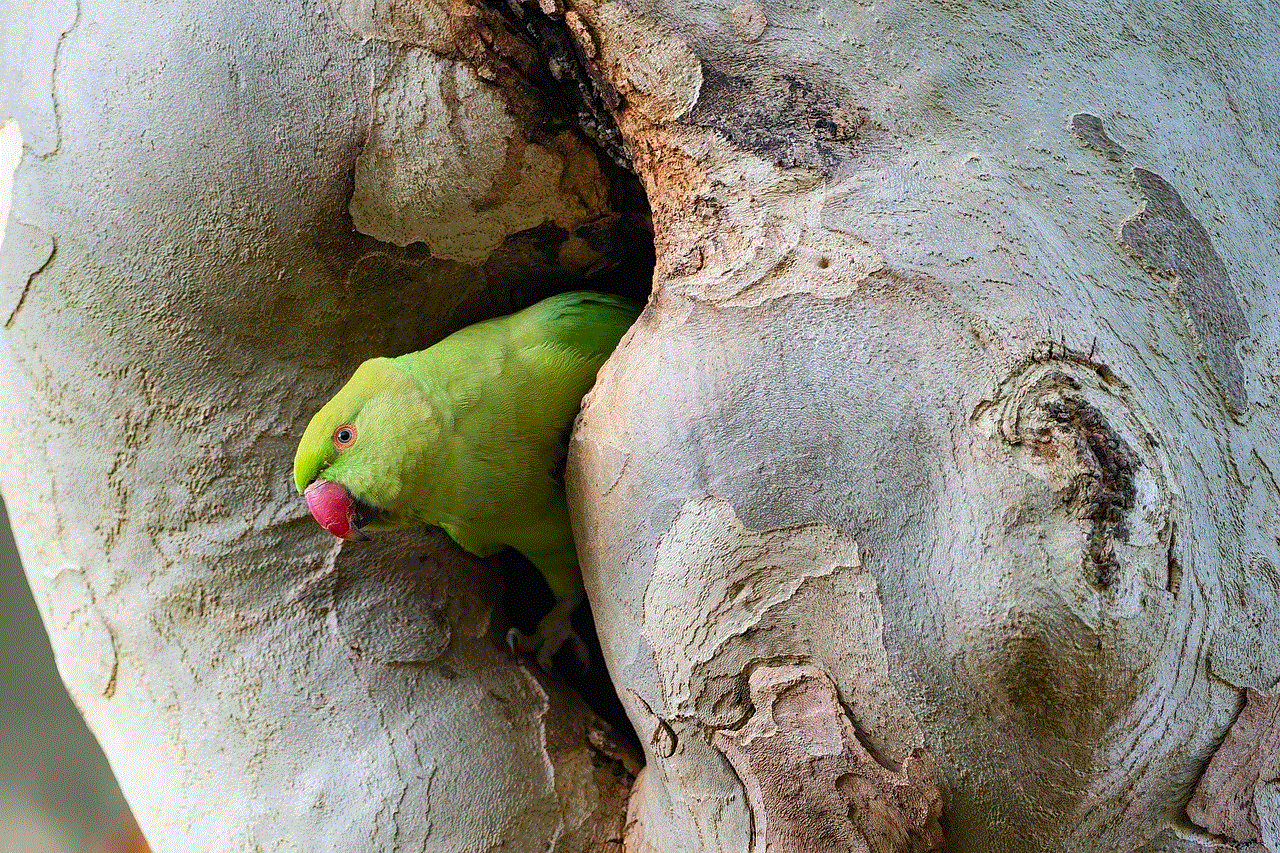celebrity icloud hack images
In recent years, there has been a growing trend of celebrities falling victim to hackers who gain access to their personal accounts and leak private photos and videos. This phenomenon, known as the “celebrity iCloud hack”, has caused a stir in the media and has raised concerns about the security and privacy of personal information in the digital age.
The iCloud is a cloud storage and computing service developed by Apple Inc. It allows users to store data such as photos, videos, and documents on remote servers that can be accessed from multiple devices. This service has become increasingly popular among celebrities, as it allows them to store and access their personal photos and videos easily.
However, in 2014, a group of hackers managed to gain access to the iCloud accounts of several high-profile celebrities, including Jennifer Lawrence, Kate Upton, and Kirsten Dunst. The hackers then proceeded to leak hundreds of private photos and videos, causing a huge uproar in the media. This incident, which came to be known as “The Fappening”, shed light on the vulnerability of personal data stored in the cloud.
The celebrity iCloud hack brought to attention the potential risks of storing sensitive information in the cloud. It highlighted the fact that no digital system is completely secure and hackers can find ways to bypass even the most advanced security measures. This incident also sparked a debate about the responsibility of technology companies in protecting the privacy of their users.
Apple, the company behind the iCloud, faced criticism for not having strong enough security measures in place to prevent such a breach. The hackers were able to gain access to the celebrities’ accounts by using a method called “brute force attack”, which involves guessing the passwords repeatedly until the correct one is found. This raised questions about the strength of Apple’s encryption and the adequacy of their security protocols.
In response to the hack, Apple released a statement saying that the incident was not a result of a breach in their systems, but rather a targeted attack on individual accounts. They also advised users to enable two-factor authentication, which adds an extra layer of security by requiring users to enter a unique code sent to their phone before logging into their account. However, this incident highlighted the need for stronger security measures and stricter regulations for cloud storage services.
The celebrity iCloud hack also shed light on the issue of consent and privacy in the digital world. While some argued that the celebrities should have been more cautious with their personal photos, others pointed out that their privacy was violated without their consent. The leak of these private photos and videos was not only a violation of the celebrities’ personal privacy, but it also raised concerns about the safety and security of the general public’s personal data.
The aftermath of the celebrity iCloud hack also saw a surge in discussions about the objectification of women in the media. The leaked photos and videos were mostly of female celebrities, and their personal and intimate moments were exposed for the world to see. This sparked a conversation about the double standards and the lack of respect for women’s privacy in the entertainment industry.
In the years following The Fappening, there have been several other incidents of celebrities falling victim to similar hacks. In 2017, private photos and videos of British model Danielle Lloyd were leaked online, causing her to speak out about the violation of her privacy. The same year, personal photos of actress Amanda Seyfried were also leaked, leading to an investigation by the FBI.
These incidents have highlighted the need for stricter laws and regulations to protect the privacy of individuals in the digital world. In response, many countries have introduced laws that criminalize the sharing of intimate photos and videos without consent. In the United States, several states have passed “revenge porn” laws that make it illegal to distribute intimate photos or videos without the subject’s consent.
In addition to legal actions, there have also been efforts to raise awareness about online privacy and security. Many celebrities have spoken out about the importance of protecting personal data and taking necessary precautions to prevent hacking. Companies like Apple have also taken steps to improve their security measures and make their services more secure for their users.
The celebrity iCloud hack has had a significant impact on the way we view online privacy and security. It has shown that anyone can fall victim to hacking, regardless of their status or wealth. This incident serves as a reminder to be cautious with personal information and to take necessary measures to protect ourselves in the digital world.
In conclusion, the celebrity iCloud hack has brought to light the vulnerability of personal data in the digital age. It has sparked conversations about security and privacy, and has led to efforts to strengthen laws and regulations to protect individuals from such breaches. The incident has also served as a reminder for all of us to be mindful of our online presence and to take necessary precautions to safeguard our personal information.
eye floaters computer screen
Eye floaters are a common visual disturbance that can be seen as small, dark spots or shapes moving within a person’s field of vision. They are often described as cobwebs, specks, or strings floating in front of the eyes. While eye floaters can appear at any time, many people notice them more frequently when looking at a computer screen. In this article, we will explore the relationship between eye floaters and computer screens, including the causes, symptoms, and treatment options.
Causes of Eye Floaters
Before delving into the connection between eye floaters and computer screens, it is essential to understand what causes eye floaters in the first place. The medical term for eye floaters is myodesopsia, and they occur when tiny pieces of the eye’s gel-like fluid, known as the vitreous, break off and float within the eye. The vitreous is responsible for maintaining the shape of the eye and is primarily made up of water and collagen fibers.
As we age, the vitreous can shrink and become more liquid, causing it to pull away from the retina, the light-sensitive layer at the back of the eye. This process is known as vitreous detachment and is a common cause of eye floaters. As the vitreous pulls away, it can also tug on the retina, leading to the appearance of flashes of light in the vision. While most cases of eye floaters are harmless, they can be a symptom of a more serious condition, such as a torn or detached retina.
Eye Floaters and Computer Screens
Many people report seeing eye floaters more frequently when using a computer screen. This is likely due to a combination of factors, including the prolonged use of computer screens and the increased contrast and brightness of the screen compared to the surrounding environment.
One of the primary reasons for the increased occurrence of eye floaters when using a computer screen is eye strain. Staring at a computer screen for an extended period can cause the eyes to become fatigued and strained. This strain can affect the vitreous, making it more likely to break off and cause eye floaters. Additionally, the constant movement of the eyes when reading or working on a computer can also contribute to the appearance of eye floaters.
Another factor is the high contrast and brightness of computer screens. The bright white background of most computer screens can make it easier to see eye floaters than in other environments. Additionally, the high contrast between the bright screen and the darker surroundings can create an illusion of floaters, making them seem more prominent than they actually are.
Symptoms of Eye Floaters
Apart from the appearance of dark spots or shapes in the vision, eye floaters can also cause other symptoms. These include blurred vision, flashes of light, and a feeling of having something in the eye. Most people describe eye floaters as being most noticeable when looking at a bright background, such as a blue sky or a computer screen.
While eye floaters are usually harmless, if you experience a sudden increase in the number of floaters or notice flashes of light in your vision, it is essential to seek medical attention immediately. These symptoms can be a sign of a more serious condition, such as retinal detachment, which requires prompt treatment to prevent vision loss.
Treatment Options
In most cases, eye floaters do not require treatment, and they tend to fade or move out of the line of sight over time. However, if eye floaters are causing significant disruption in daily life or are a symptom of a more serious condition, there are treatment options available.



One option is a vitrectomy, which is a surgical procedure that involves removing the vitreous from the eye and replacing it with a clear, saltwater solution. While this procedure can effectively remove eye floaters, it also carries a risk of complications, such as retinal detachment or cataracts.
Another treatment option is laser vitreolysis, which involves using a laser to break up the floaters and make them less noticeable. This procedure is minimally invasive and does not carry the same risks as a vitrectomy. However, it is not suitable for all types of floaters, and the results may not be permanent.
Prevention Tips
While there is no foolproof way to prevent eye floaters, there are steps you can take to reduce your risk of developing them. These include:
1. Taking frequent breaks when using a computer screen to avoid eye strain.
2. Adjusting the contrast and brightness of your computer screen to reduce glare.
3. Using proper lighting when working on a computer to prevent eye strain.
4. Getting regular eye exams to check for any underlying conditions that may be causing eye floaters.
5. Protecting your eyes from UV rays by wearing sunglasses when outdoors.
Conclusion
Eye floaters are a common occurrence that can be seen as dark spots or shapes moving within the field of vision. While they are usually harmless, they can be more noticeable when looking at a computer screen due to eye strain and the high contrast and brightness of the screen. If you experience a sudden increase in the number of floaters or other symptoms, it is essential to seek medical attention immediately. Otherwise, taking frequent breaks, adjusting screen settings, and wearing sunglasses can help reduce the risk of developing eye floaters. Remember to get regular eye exams to catch any underlying conditions early and maintain overall eye health.
how to get someones snapchat pictures
Snapchat is a popular social media platform that allows users to share photos and videos with their friends and followers. With its unique feature of disappearing messages, Snapchat has become a favorite among teenagers and young adults. However, many people wonder if there is a way to get someone’s Snapchat pictures without them knowing. In this article, we will explore different methods and techniques that can be used to retrieve someone’s Snapchat pictures.
Before we dive into the ways to get someone’s Snapchat pictures, it is important to note that invasion of privacy is a serious offense. It is crucial to respect other people’s privacy and only use these methods for legitimate purposes. Additionally, it is illegal to access someone’s Snapchat account without their consent, and it can result in severe legal consequences.
Now, let’s look at some ways to get someone’s Snapchat pictures.
1. Take a Screenshot



The easiest way to get someone’s Snapchat pictures is by taking a screenshot. When someone sends you a photo or video on Snapchat, you can take a screenshot by pressing the home button and the power button on your phone at the same time. However, the person will be notified that you have taken a screenshot, which may lead to awkward situations. Moreover, this method only works for photos and videos sent directly to you, not for stories or group chats.
2. Use a Third-Party App
There are several third-party apps available that claim to help you save Snapchat pictures without the sender’s knowledge. These apps work by intercepting the Snapchat notification and saving the photo or video before it disappears. However, these apps are not reliable and can put your privacy at risk. Some of these apps may contain malware or viruses that can compromise your device’s security. Therefore, it is not recommended to use such apps.
3. Ask the Person Directly
If you want to get someone’s Snapchat pictures, the simplest and most ethical way is to ask the person directly. You can tell them that you liked their photo or want to save it for memories. Most people would be happy to send you the picture again or even save it on your phone for you. It is always best to be honest and transparent, rather than using sneaky methods.
4. Ask for Their Login Information
Another way to get someone’s Snapchat pictures is by asking for their login information. If you have a close relationship with the person, they may be willing to share their password with you. However, this is not a recommended method as it violates the person’s privacy, and they may not feel comfortable sharing their login details with you. Moreover, it is a breach of Snapchat’s terms and conditions.
5. Use a Spy App
Some spy apps claim to help you monitor someone’s Snapchat activity without their knowledge. These apps work by installing a monitoring software on the target device, which allows you to access their Snapchat account remotely. However, these apps are expensive, and they may not work as advertised. Moreover, they are unethical and can lead to legal consequences if used without the person’s consent.
6. Recover Deleted Pictures from Snap History
Snapchat has a feature called Snap History, which keeps a record of all the snaps sent and received. If you have accidentally deleted a picture, you can recover it from the Snap History. However, this feature only works for pictures that you have sent or received, not for someone else’s snaps. Additionally, the picture must be saved to your phone before it disappears to be recovered from Snap History.
7. Use a Data Recovery Software
If you have lost some important Snapchat pictures, you can use a data recovery software to retrieve them. These software programs are designed to scan your device’s memory and recover deleted files. However, this method may not work for Snapchat pictures as they are designed to disappear after a few seconds. Moreover, the software may not be able to recover the pictures if they were not saved to your device’s memory before they disappeared.
8. Hack into the Account
Hacking into someone’s Snapchat account is illegal and can lead to severe consequences. Therefore, it is not recommended to use this method to get someone’s Snapchat pictures. Moreover, hacking is a complex process that requires technical knowledge and skills. If you are not a professional hacker, you may end up compromising your own device’s security.
9. Use a Camera
If someone sends you a photo on Snapchat, you can use another device’s camera to capture the picture. For instance, if someone sends you a snap on their phone, you can take a picture of it using your phone’s camera. However, this method only works for photos, not for videos. Moreover, the picture quality may not be great, and the person may still be able to find out that you have taken a picture of their snap.



10. Respect Other People’s Privacy
Lastly, the most important thing to remember is to respect other people’s privacy. Snapchat is designed for temporary sharing, and it is not meant for saving and sharing other people’s pictures without their consent. If someone sends you a snap, it is their choice to share it with you, and you should respect that. Moreover, it is always best to ask for permission before saving someone’s picture.
In conclusion, there are various methods that people use to get someone’s Snapchat pictures. However, most of these methods are unethical, illegal, and can lead to severe consequences. It is always best to use Snapchat as it is intended, for temporary sharing, and respect other people’s privacy. If you want to save someone’s Snapchat picture, it is best to ask them directly or take a screenshot with their permission. Remember, invasion of privacy is not worth the risk.
